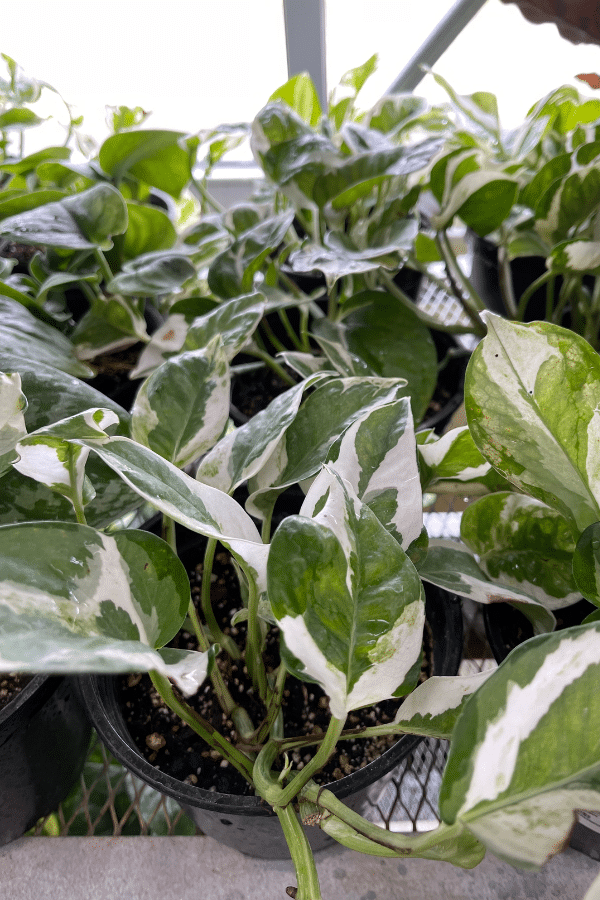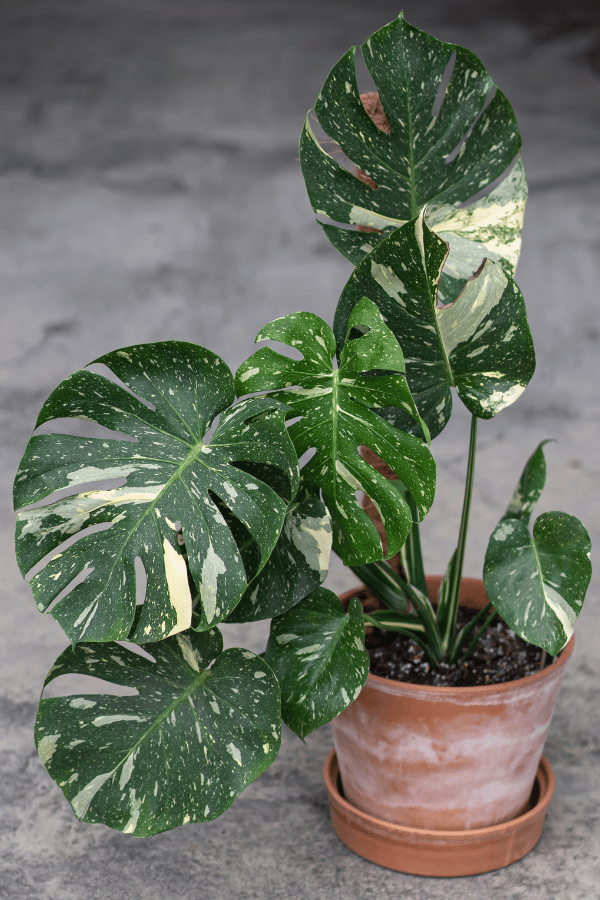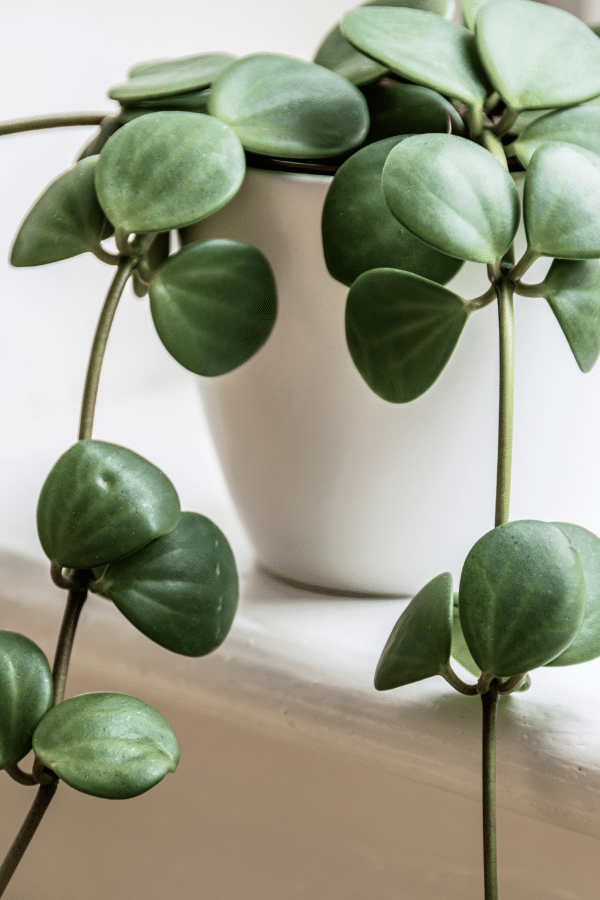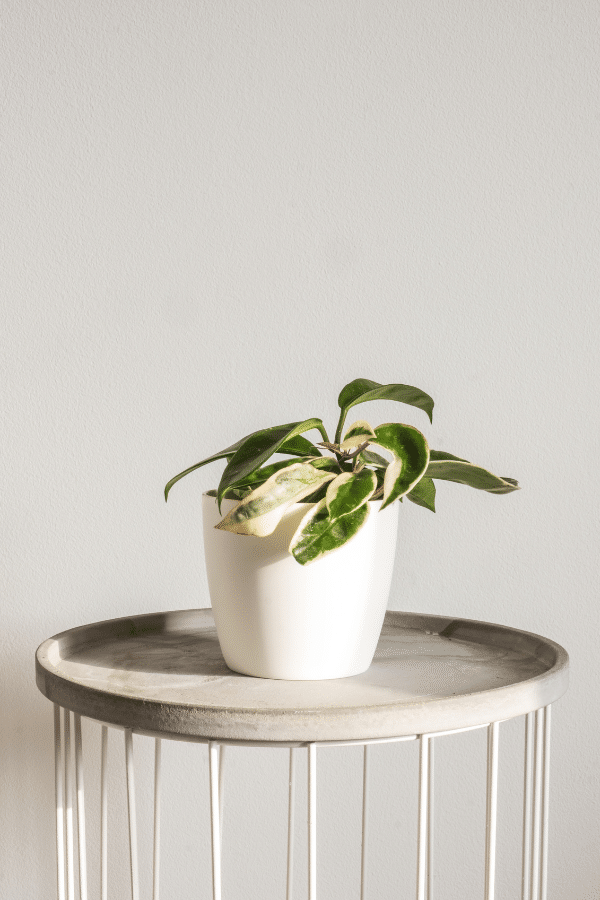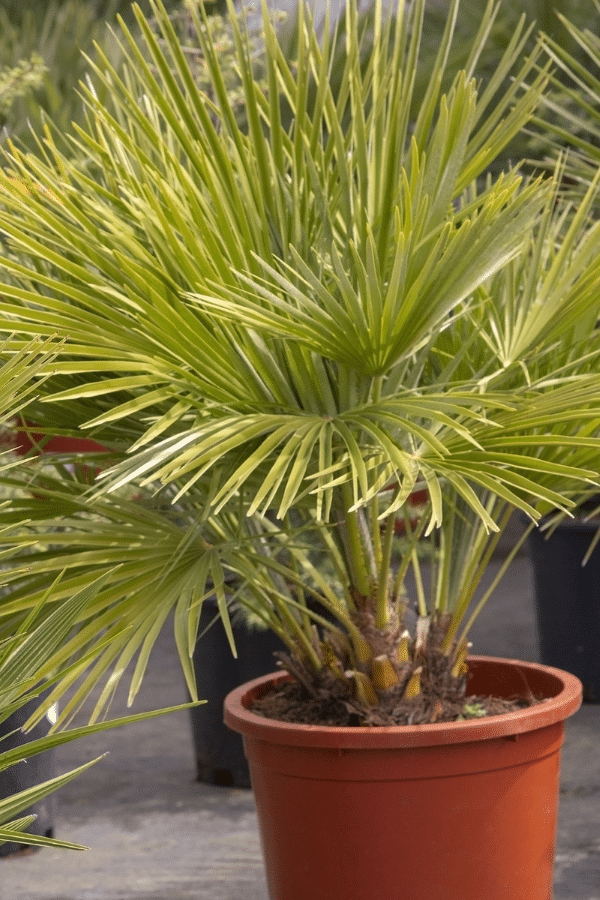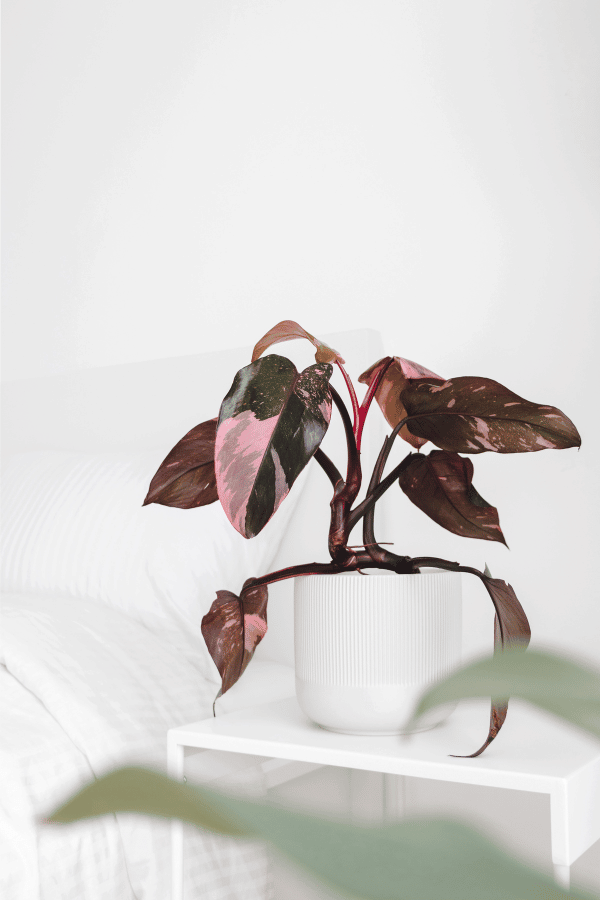Spider Plant Varieties
Spider plants are known for their air-purifying capabilities and low-maintenance nature, making them a popular choice for indoor spaces. As you venture into the world of these versatile and hardy plants, it’s essential to familiarize yourself with the different varieties available to enhance your indoor garden.
Each variety of the spider plant boasts unique features, colors, and growth patterns, offering endless possibilities for your indoor gardening adventures. The most common types include the Chlorophytum Comosum ‘Variegatum,’ ‘Bonnie,’ and ‘Vittatum.’ By understanding the characteristics and growing requirements of each variety, you’ll be well prepared to make the best choice for your needs.
As you explore the various spider plant varieties, remember to consider factors such as lighting, humidity, and watering needs. With proper care and attention, your spider plants will thrive and bring beauty and cleaner air to your living space.
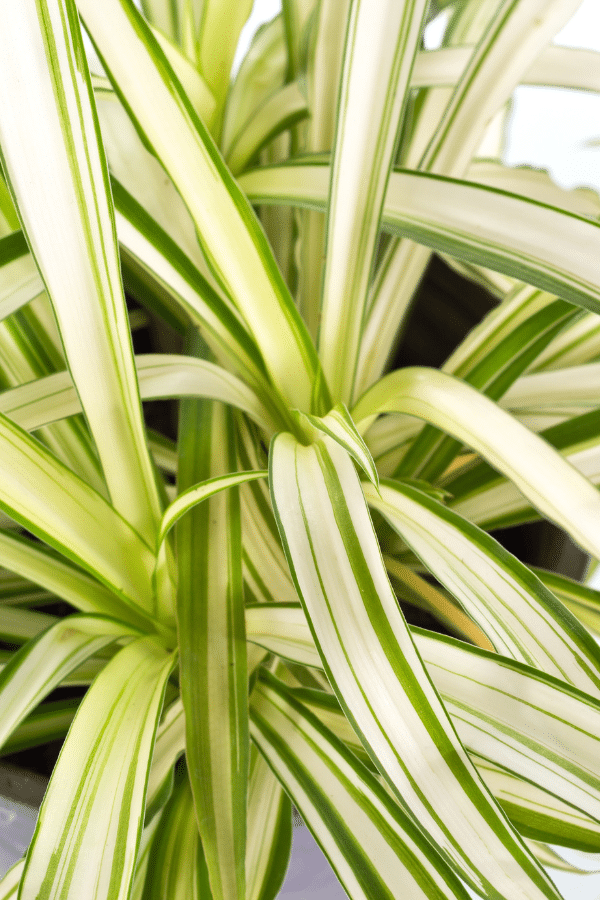
Spider Plant Vittatum
The Chlorophytum Comosum ‘Vittatum’, also known as the Vittatum Spider Plant, is a popular variegated perennial houseplant. This attractive plant has zebra-like, green leaves with a white stripe down the center. It thrives in a range of environments, making it a low-maintenance choice for your home or office.
Caring for your Vittatum Spider Plant is simple. This variety enjoys moderate humidity levels and can adapt to both low and bright indirect light. However, it’s important to avoid placing the plant in direct sunlight, as this may cause the leaves to scorch or lose their vibrant color. As for watering, allow the soil to dry slightly between waterings to prevent overwatering and root rot. A well-drained soil mix will help keep the moisture levels balanced.
Your Vittatum Spider Plant should be repotted every two to three years, or when the roots start to become pot-bound. During the growing season, use a liquid houseplant fertilizer every four to six weeks to promote healthy growth. Make sure to follow the manufacturer’s instructions on the fertilizer packaging for proper application.
One great feature of the Vittatum Spider Plant is its ease of propagation. You can create new plants from the offshoots, sometimes called “spiderettes”, that grow from the parent plant. Simply remove these offshoots and place them in water or moist soil, making sure to keep the soil consistently moist throughout the rooting process.
Bonnie Variegated Spider Plant
The Bonnie Variegated Spider Plant ( Chlorophytum Comosum ‘Bonnie Variegated’) is a popular and attractive perennial houseplant known for its distinctive cascading leaves. As a variegated spider plant variety, it adds beauty and charm to your indoor garden.
This plant requires well-drained soil to thrive, and you should avoid overwatering to prevent root rot. Keep the soil consistently moist, but not soggy. A good rule of thumb is to allow the top inch of soil to dry out between waterings.
Your Spider Plant will be happiest in a location with indirect light, as direct sunlight may scorch its variegated leaves. On the other hand, insufficient light could result in reduced variegation or an overall lackluster appearance.
Humidity is an essential factor for your Bonnie Variegated Spider Plant’s success. This plant enjoys high humidity, so consider placing it in a bathroom or using a humidity tray. If the air in your home is too dry, you may notice brown leaf tips, which are a common sign that it craves more moisture.
To maintain healthy growth, feed your plant with a diluted liquid fertilizer during the growing season, typically from spring through fall. Avoid over-fertilizing, as it could damage the plant.
When it comes to propagation, the Bonnie Variegated Spider Plant can quickly and easily be propagated via the small plantlets it produces. Simply snip the plantlets and place them in water or moist soil, and in a few weeks, you’ll have new Spider Plants to expand your collection or share with friends.
Ocean Spider Plant
The Ocean Spider Plant, also known as Chlorophytum Comosum ‘Ocean’, is a popular and resilient houseplant that is easy to maintain. This perennial plant thrives in various conditions, making it an ideal choice for your home or office.
In order to keep your Ocean Spider Plant healthy, it is crucial to follow some basic care guidelines. One of the main factors to consider is the humidity level. This plant prefers higher humidity levels and will grow well in a moist environment. However, be careful not to overwater it, as this can lead to root rot and other issues.
Your Ocean Spider Plant will appreciate well-drained soil, which allows water to pass through without causing the plant to become too wet. To ensure this, use a high-quality potting mix that will help retain moisture without becoming waterlogged. It is essential to keep the soil consistently moist, but not soaked.
When it comes to lighting, the Ocean Spider Plant prefers indirect light, as direct sunlight can cause the leaves to lose their vibrant color. Place the plant near a north or east-facing window or under a shaded spot in a well-lit room.
Feeding your Ocean Spider Plant with a balanced houseplant fertilizer every few weeks will help it grow strong and healthy. Be sure to follow the recommended dosage and application method outlined on the packaging, as over-fertilizing can harm your plant.
Finally, one of the most appealing aspects of the Ocean Spider Plant is its ability to propagate easily, but that’s with true with all of the Spider Plant varieties. To reproduce your plant, simply separate the small plantlets that grow on its arching stems and place them in water or moist soil. In a few weeks, they will develop roots and grow into new plants that you can keep or share with others.
Spider Plant Bonnie
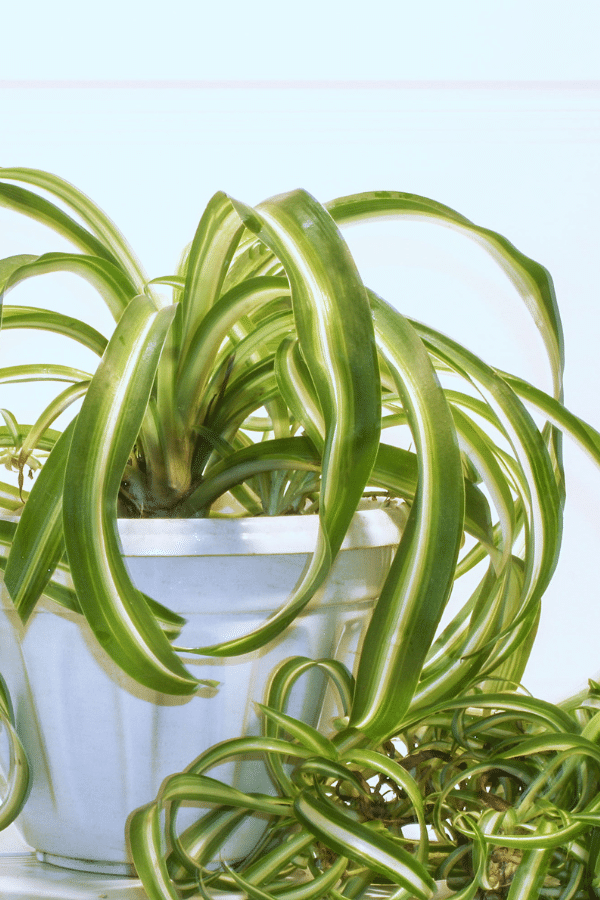
The Bonnie Spider Plant (Chlorophytum Comosum ‘Bonnie’) oftentimes called the Curly Spider Plant is a popular houseplant variety that brings unique beauty to your indoor space. You’ll find this plant perfect as a hanging plant, showcasing its attractive curly leaves. As a variegated Bonnie spider plant, it features green leaves with white edges, adding an incredible touch to your home decor.
Your Bonnie spider plant thrives in well-drained soil, with a preference for moist conditions without being overly wet. Providing a perennial option for your indoor garden, this spider plant variety grows happily in a wide range of humidity levels.
To ensure your plant’s healthy growth, place it in a spot with indirect light. For optimal growth, make sure you only water the plant when the top inch of soil feels dry, as overwatering can lead to root rot.
When it comes to proper feeding, applying a balanced liquid fertilizer every couple of months will greatly benefit your variegated Bonnie spider plant. With the right fertilizer schedule, you’ll be rewarded with a rich, vibrant display of green and white leaves.
Propagation is an easy process for this plant. Simply remove small spiderettes from the parent plant, and place them in water or soil. In no time, you will have new plants to share with friends and family or decorate other parts of your home.
Green Spider Plant
Having green leaves with solid green coloring, the green spider plant, Chlorophytum Comosum ‘Green’ is a classic houseplant. As an owner, you can confidently grow it as it is adaptable to a range of conditions. However, for it to truly thrive, ensure that you provide adequate care in terms of humidity, light, watering, and fertilization.
Green spider plants prefer well-drained soil to prevent root rot caused by excess water. Ensure the soil retains some level of moisture by checking it periodically. If you find the soil dry, water it, but avoid overwatering as this can damage your plant.
Your plant will grow well in areas with indirect light. Too much direct sunlight can burn the green leaves, so it’s essential to keep your green spider plant in a location where it receives partial shade. A north-facing windowsill is an excellent spot for it.
Proper humidity is crucial for your green spider plant’s health. Maintaining a humidity level around 50% will prevent your plant’s leaves from turning brown. You can increase humidity by placing a tray filled with pebbles and water under your plant or by using a humidifier.
To propagate your green spider plant, simply wait for it to develop new shoots. Once they have reached a considerable length, you can snip them off and plant them in a new pot with moist soil.
Fertilizing your plant is important for its growth and health. Use a fertilizer that is specifically designed for houseplants, and follow the package’s recommended application schedule. Be cautious not to over-fertilize, as this can harm your green spider plant.
Reverse Spider Plant
The Reverse Spider Plant, also known as Chlorophytum Comosum ‘Reverse Variegatum’, is an attractive and popular perennial that adds a touch of sophistication to your living space. You’ll appreciate its ability to thrive in various conditions while giving you great benefits as a versatile houseplant.
One of the hallmarks of this plant variety is its high adaptability to humidity levels. Whether you live in a humid or dry environment, the Reverse Spider Plant adjusts well and continues to grow. Keep in mind that providing a consistent level of moisture in the air will still benefit its health and appearance.
When it comes to propagation, the Reverse Spider Plant makes it easy to expand your collection. The plant readily sends out shoots with baby plants that you can separate and pot up in well-drained soil. Maintain consistently moist soil for optimum growth, but be cautious not to overwater, as this can lead to root rot.
For ideal growth, place your Reverse Spider Plant in a location that receives indirect light throughout the day. Although it can tolerate some low light conditions, the plant’s vibrancy may suffer in dimly lit settings. To help it maintain a healthy and lush appearance, you should also try to meet its lighting needs.
In order to keep your Reverse Spider Plant thriving, make sure you use well-drained soil and fertilize it regularly. A balanced liquid fertilizer, applied every four to six weeks, will promote strong growth and a healthy root system. Don’t worry if you miss a few fertilizations, though – this tough plant is quite forgiving.
Hawaiian Spider Plant
The Hawaiian Spider Plant (Chlorophytum Comosum ‘Hawaiian’) is a unique and attractive perennial variety of the popular houseplant family. With its characteristic yellow stripes running along the edges of its green leaves, it adds a touch of tropical charm to your indoor spaces.
As it’s native to Hawaii, this plant thrives in environments with high humidity levels. That being said, the Hawaiian Spider Plant is adaptable and can also grow well in average indoor conditions. To create a favorable environment for your plant, it’s advisable to maintain consistent humidity and avoid exposing it to extremes like dry, heated air.
The Hawaiian Spider Plant is relatively easy to propagate. To do so, simply cut off the baby plantlets (also known as spiderettes) that form at the ends of its leaves and place them in a well-drained soil. It is important to not overwater the plant, as it may lead to root rot. Keeping the soil moist but not soggy is ideal for promoting healthy growth.
One key aspect of care for this plant is its preference for indirect light. Place it near a window that receives plenty of filtered sunlight, as direct exposure to the scorching sun can cause the leaves to burn.
A well-balanced fertilizer applied every 2-3 months is also essential for the Hawaiian Spider Plant’s maintenance. Be cautious not to over-fertilize, as it can potentially harm the plant, causing browning leaf tips or weak growth.
In addition to being a visually appealing houseplant, the Hawaiian Spider Plant has air-purifying properties which contribute to a healthier indoor atmosphere.
By paying attention to their requirements for humidity, light, watering, and fertilization, your Hawaiian Spider Plant will readily enhance your living space with vibrant foliage, flourishing growth, and purified air.
Bichetii Plant

Another favorite yet rarer Spider Plant variety is the Bichetii Plant, Chlorophytum Bichetii. This perennial plant thrives well in the right conditions and can add a touch of green to your living space.
To make sure your Bichetii Plant thrives, maintain a level of moderate humidity. This plant can tolerate a bit of drought, but it prefers a moist environment. Be cautious not to overwater it, as it is sensitive to excess water. Providing well-drained soil and allowing it to dry out slightly between waterings will prevent root rot issues.
For optimal growth, place your Bichetii Plant in a spot with bright, indirect light. Too much direct sunlight can scorch the leaves and damage the plant’s health. On the other hand, inadequate light slows its growth and causes the vibrant stripes on the leaves to fade.
Regular feeding with a balanced fertilizer will promote healthy foliage development. Make sure to follow the recommended dosage and application frequency, as over-fertilization can harm the plant.
When it comes to propagation, the Bichetii Plant is quite easy to multiply. By carefully separating the plantlets that appear on the mother plant’s runner, you can create new, individual plants.
By following these guidelines and providing proper care, your Bichetii Plant should thrive and bring you joy for many years.

